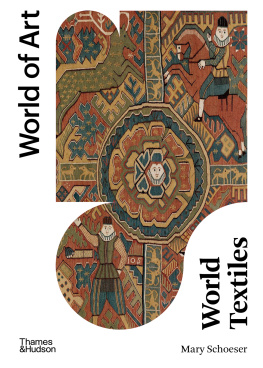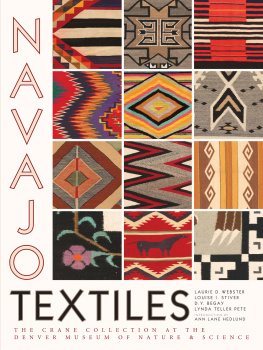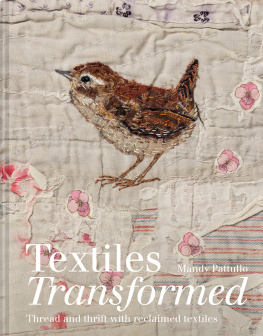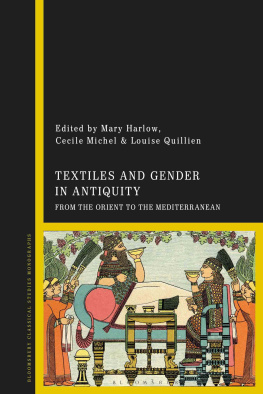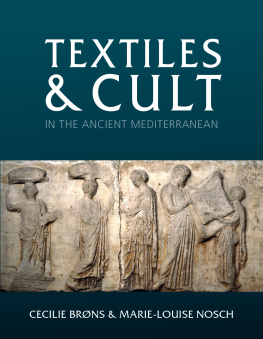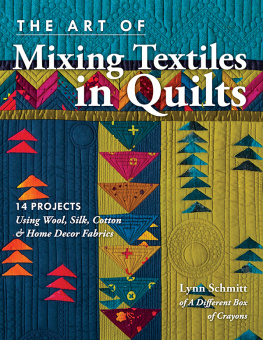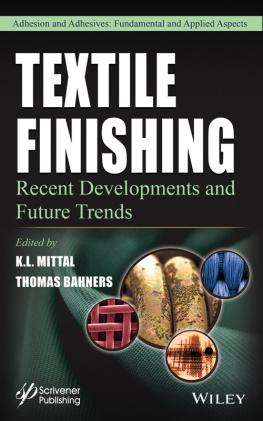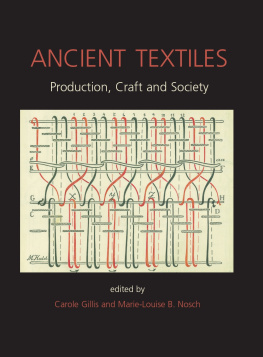Strange Material


STRANGE MATERIAL
Copyright 2014 by Leanne Prain
All rights reserved. No part of this book may be reproduced in any part by any meansgraphic, electronic, or mechanicalwithout the prior written permission of the publisher, except by a reviewer, who may use brief excerpts in a review, or in the case of photocopying in Canada, a license from Access Copyright.
ARSENAL PULP PRESS
Suite 202 211 East Georgia St.
Vancouver, BC V6A 1Z6
Canada
arsenalpulp.com
The publisher gratefully acknowledges the support of the Canada Council for the Arts and the British Columbia Arts Council for its publishing program, and the Government of Canada (through the Canada Book Fund) and the Government of British Columbia (through the Book Publishing Tax Credit Program) for its publishing activities.
The poem Day, page 74, copyright Laura Farina.
Cover photograph: Rosalind Wyatt
Author photograph: Nicol Lischka
Project photography: Jeanie Ow
Photographs on pp. 27, 51, 63, 160, 218 (top): Gerilee McBride
Photographs on pp. 88, 218 (bottom): Leanne Prain
Design by Gerilee McBride
Edited by Susan Safyan
Library and Archives Canada Cataloguing in Publication:
Prain, Leanne, 1976, author
Strange material : storytelling through textiles / Leanne Prain ; project photography by Jeanie Ow.
Includes index.
Issued in print and electronic formats.
ISBN 978-1-55152-551-8 (epub)
1. Textile craftsSocial aspects. 2. Storytelling in art. I. Ow, Jeanie, photographer II. Title.
TT699.P73 2014 | | C2014-904299-X |
C2014-904300-7 |
This book is dedicated to Connie and Dan Prain, my parents, who introduced me to the lifelong pursuit of making things by hand.
You both inspire me every day.
Contents
















My intention for Strange Material is simple. I want you to identify your own stories, and encourage you to share them through handmade work. If you are not motivated to make something with your hands, I hope that the tales shared by the artists within these pages inspire you to look for stories in unlikely pockets of your life. Narrative is the binding thread of human experience, and stories are the medium that we use to know one another and ourselves.
This book was prompted by a series of epiphanies that I experienced while researching my previous book, Hoopla: The Art of Unexpected Embroidery. Through the course of interviewing twenty-three artists, I discovered that every conversation was lit with elements of story. Artist Sherri Lynn Wood told me that there was no written history of womens contributions to the world of tattoo arts in the 1990s, yet she captured this historical microcosm through her embroidered Tattoo Baby Doll Project. Aubrey Longley-Cooks stitched animation of his roommates runaway dog Gus, captured the perpetual motion of Guss psyche, photographed in two ways: the satin-stitched front and the gnarled, knotty back. Jenny Hart, well-known in the embroidery world for her illustrative pattern company Sublime Stitching, conceived a fictional band poster that advertised a concert by rock icon Iggy Pop in the hospital room where she had been born. With each exchange, it became apparent to me that rarely are textile works simply end productsthey are saturated with narrative, from the chain of events that led to their creation and the choice of materials used, to the stories told by the pieces themselves, and finally to the accounts shared by those who have experienced an emotional reaction to these artworks.
While the commercial crafting mega-stores of the western world promote fashionable tools and materials, there is more substance rooted in most fiber craft than is generally found in trendy appliqud pillows featuring wildlife or ironically kitschy sweater patterns. Concurrently, the gallery system is widely dismissive of materials associated with craft and of artists from artisanal or self-taught backgrounds. It is my desire to illuminate the conversations happening outside these two limited perspectives. Systematically underrepresented in art history, textiles often carry the stories of those whom society overlooks: women, children, slaves, immigrants, Aboriginal peoples, housewives, stay-at-home fathers, the ill, the disappeared, the displaced, and the grieving. We do a disservice to ourselves when we ignore the fact that textiles play an important role in telling our histories. Knitting, weaving, embroideryno matter what the medium is, textiles are both byproducts and generators of narrative.
Art is communication.
artist Judy Chicago
I am often asked how I determine which artists should be featured in my books. My response is that my research is willfully imperfect: I choose to write about artists who represent the complexity and diversity of what is happening in contemporary textilesit is important to me to feature not only artists who work metropolitan areas, but those who create at home and share their work in their local communities or in the hyper-clutter of the online world. Some of the featured artists have spent years studying their craft, and others are self-taught. This shotgun approach is my attempt to initiate multiple conversations about the many ways that textiles are being used right now; to generate dialogue, to chronicle personal histories, to share commonalities, and sometimes, just to delight.
During the course of writing this manuscript, I was approached by a film-industry props master looking for an embroidery artist who could stitch a commissioned work for a film. The request was rather predictable for stitch-work; he was seeking a handkerchief stitched with a medieval landscape, complete with a castle. The movies princess was supposed to give this piece of embroidery to her prince. Just as mass culture doles out stereotypes around textiles, our early encounters with the idea of story are often similarily limited. As young children, we are told that stories have a hero and villain, a problem and a resulting triumph. But as we grow into our lives, we discover that most stories are richer and more nuanced. Our tales can sprout from the smallest of itemsthe grocery list of a departed love one, a receipt kept in a wallet, or a photograph left behind. In school, we are instructed to share our stories by writing from point A to point B, ignoring the fact that we live in a world also steeped in visual and oral storytelling. Textiles are a willing medium for stories both visual and verbal; you can explore poetry through stitching, produce a knitted mask with the face of a strange but familiar character, or work with your community to stitch a quilt on a topical issue.
Next page

